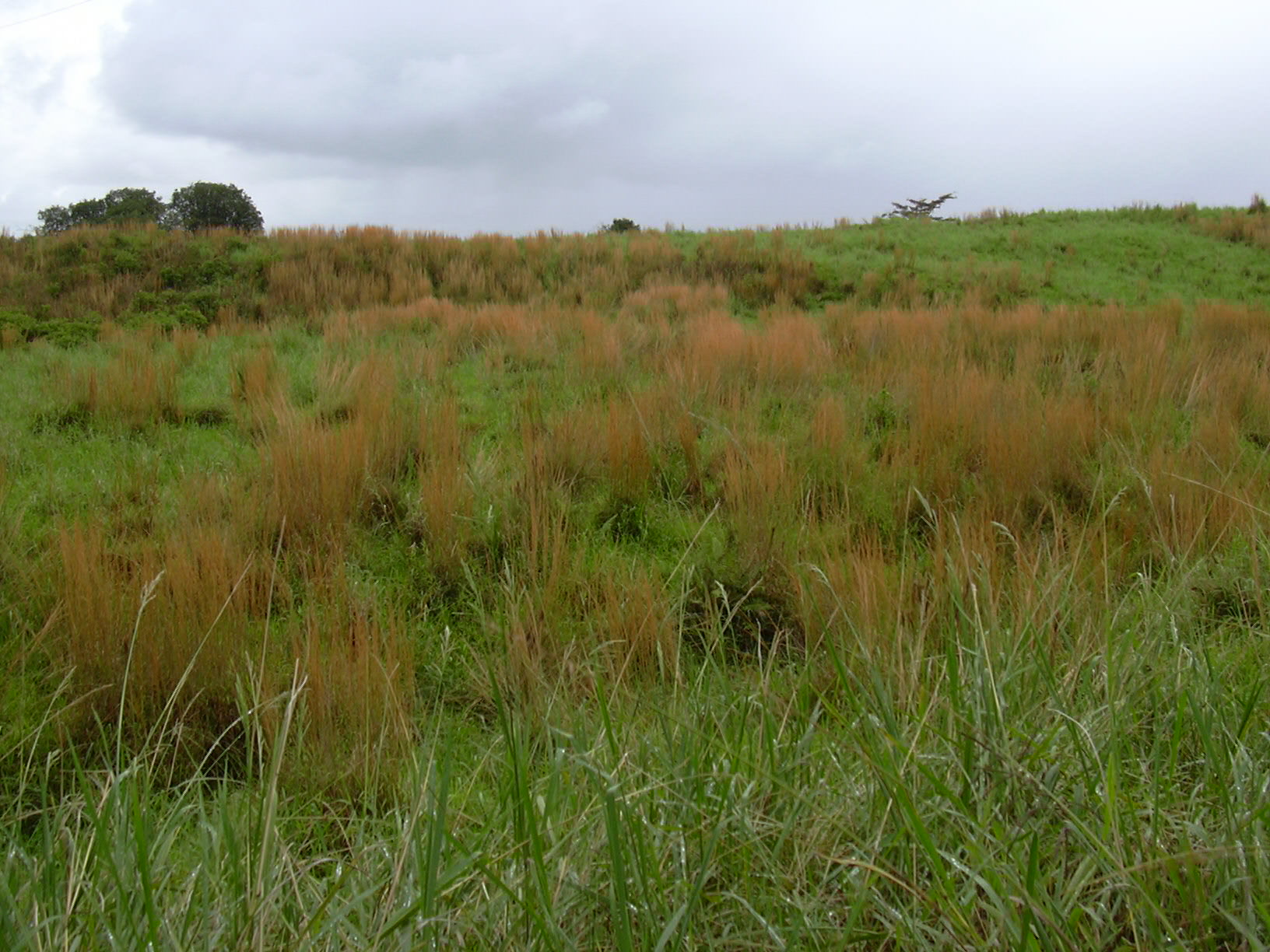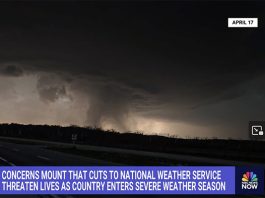
This time of year, I get a lot of questions on how to rid pastures of broomsedge grass. It’s a problem because animals will not eat mature broomsedge grass, though they will graze it when it is immature for about 3-4 weeks. Here in Missouri, that time period starts the end of June and at 6 inches tall it’s pretty good forage. But you can’t stockpile it and you can’t graze it in the spring, so you don’t have good pasture.
Broomsedge grass thrives on thin, poor soils that nothing else will grow on except maybe moss and cedars. It is also a very selfish grass. It likes to live by itself in a monoculture if given the opportunity, and it creates a dense mat that chokes out other plants. Basically, these plants are an indicator plant that tells you your soil is bankrupt. The old timers in our area called it “Poverty Grass.” Appropriately named I would say.In our thin soils here in the hills of mid Missouri, the common practice is to cut hay on land that is not suitable for grazing or cropping. This land will turn to broomsedge in two years if hay is removed without putting fertilizer back on the land to replace the nutrients that were removed with the hay bales.
Almost every farm that we have under lease today was in mostly broomsedge grass when we leased it. The reason we were able to get these leases was because nobody else wanted the land. That means we have a fair amount of experience ridding our farms of broomsedge over the last 25 years. Here’s what I’ve learned.
Unrolling Hay
Broomsedge does not do well when you unroll hay on it, followed by livestock trampling and defecating on top of it. It may take several treatments using this method to completely kill it. It is extremely rewarding in the spring to look out across your former broomsedge pasture and see bright green rows of lush grass coming up where you unrolled hay and fed livestock.
Add Lime and Phosphorous
Another method that brings results is a bit more expensive to incorporate. Take a soil test first, then add lime and phosphorous as called for from the soil test. If you’re in a hurry and want immediate results, and have deep pockets, this method works much faster.
I saw a broomsedge presentation many years ago that was put on by a soil specialist that showed the effects of phosphorous application on a solid field of broomsedge. He spread the phosphorous across the field in 20-foot-wide strips, leaving 20-foot-wide un-fertilized strips in between. The next fall, every broomsedge plant was dead in the strips where he put the phosphorous on. The un-fertilized strips were still growing extremely healthy looking broomsedge.
This gives you an idea of how important soil fertility can be to getting rid of your broomsedge problem. Perhaps a combination of unrolling hay and lime and phosphorous could be in your future too.
Would you like to learn more?
Here’s a 14:29 video from my video channel describing our experiences with broomsedge over the years. You can see what it looks like in pasture, and the dense mat it forms. With my interns we also discuss what broomsedge tells us about our soils – that they’re low in pH and lacking in phosphorous – and a little more about the techniques for getting rid of it. We also talk about what NOT to do. For example, plowing doesn’t improve and actually harms the soil health issues you’ve already got.
As we speak, you’ll see us come to a great solution for the broomsedge patch we’re looking at as well as a watering problem. Sometimes it’s helpful to see how folks can think through problems and come to solutions together. Enjoy!




